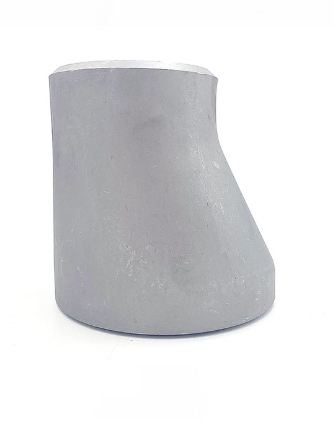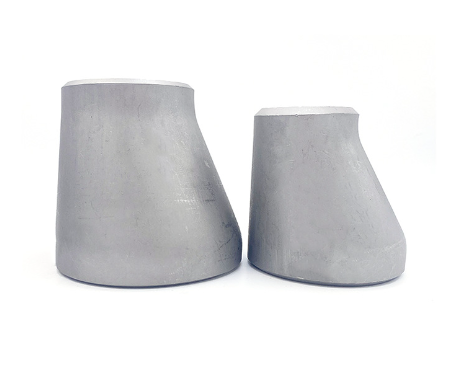International Standards:
- ASME B16.9(U.S. Standard):Class 150, 300, 600, 900, 1500, 2500
- EN 10253-2(European Standard): PN6 to PN100.
- JIS B2311(Japanese Industrial Standard):5K to 40K
- GOST 17378-2001(Russian/CIS Standard): 0.1 MPa to 25 MPa
- SABS 1123(South African Standard): PN6 to PN25.
- DIN 2616 : PN6 to PN40.
- BS 1965(British Standard): PN6 to PN40.
Pros:
- Prevents Fluid Accumulation: Flat side maintains a level pipeline bottom/top, eliminating stagnant zones.
- Reduces Cavitation Risk: Avoids vapor pockets in pump suction lines, enhancing pump efficiency.
- Horizontal System Optimization: Ideal for slurry, wastewater, or gas pipelines requiring drainage.
- Material Compatibility: Available in carbon steel, stainless steel, and corrosion-resistant alloys.
- Ease of Installation: Butt-weld ends ensure strong, leak-proof connections.
Cons:
- Flow Disturbance: Asymmetric design may cause turbulence in high-velocity systems.
- Alignment Sensitivity: Requires precise orientation (flat side up or down) during installation.
- Higher Cost: More complex manufacturing than concentric reducers.
- Limited Use in Vertical Lines: Primarily designed for horizontal systems; concentric reducers preferred for vertical lines.
- Pressure Drop: Higher resistance compared to concentric reducers in some flow conditions.
Description
An Eccentric Reducer is a pipe fitting used to connect two pipes of different diameters with an offset centerline. Unlike a concentric reducer, one side of the eccentric reducer is flat, allowing it to maintain a level pipeline bottom (for liquid systems) or top (for gas systems). This design prevents fluid accumulation, vapor pockets, or air traps in horizontal piping systems.




-7-300x400.jpg)
MAHABALI –
GOOD.